About the SWC/Tesla Disk Pump Solutions Partnership
Southwestern Control’s partnership with Tesla goes back many years. Combining our 50+ years of engineering experience with the reliability and industry-best longevity of Tesla’s slurry pumps allows us to provide you with customized solutions to difficult problems and challenges based on your specific requirements. Contact our team about your objectives, and let’s get started on your project today.
Applications
The five primary and secondary industries SWC/Tesla Disk Pump Solutions specialize in illustrate the versatility and usage of our partnership. To gain even more insight into how the Tesla pump design along with our engineering expertise can address your challenging disk pump applications, download our case studies from the links below. Need more info? Contact us today and we’ll be glad to help.Disk Pump Application Case Studies

Petrochemical Processing
![]() Acid slurries; adhesive; amide slurry; ammonium bromide crystals; calcium stearate; carbon black; catalyst; emulsion latex, filter press feed; glycol; methanol resin; solvent; soda ash; carbon slurry; sulphuric acid; titanium dioxide; uranium sludge; zeolite slurry; lime slurry(70%+); titanium dioxide; calcium carbonate; synthetic fuels (40%+ abrasives); clay; oil with sand; heavy salt brines; DE pre-coat; bottom and fly ash; and more.
Acid slurries; adhesive; amide slurry; ammonium bromide crystals; calcium stearate; carbon black; catalyst; emulsion latex, filter press feed; glycol; methanol resin; solvent; soda ash; carbon slurry; sulphuric acid; titanium dioxide; uranium sludge; zeolite slurry; lime slurry(70%+); titanium dioxide; calcium carbonate; synthetic fuels (40%+ abrasives); clay; oil with sand; heavy salt brines; DE pre-coat; bottom and fly ash; and more.
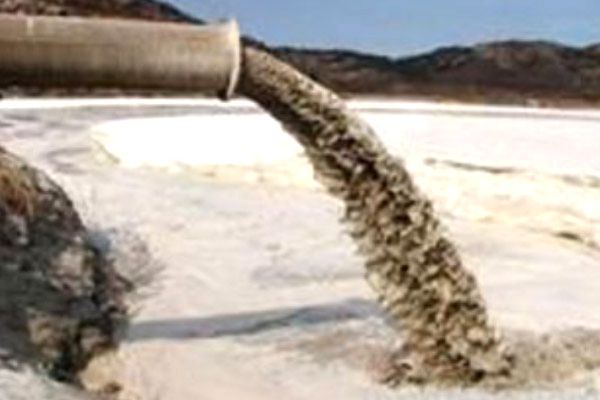
Other Major Applications
![]() Environmental dredging & cleanup; steel and metal manufacture; phosphate mining; mine de-watering; ceramic, glass, pump stone applications; nuclear and coal-fired power plant utilities; agriculture; maritime applications; hospitals; filter press feed; filter cake; latex; polymers; sand; gravel; grit; reactor column bottoms; gypsum; hot tar; underflow thickener sludge; blending; solid suspension; slurry mixtures; gas-liquid; storage; batch & continuous.
Environmental dredging & cleanup; steel and metal manufacture; phosphate mining; mine de-watering; ceramic, glass, pump stone applications; nuclear and coal-fired power plant utilities; agriculture; maritime applications; hospitals; filter press feed; filter cake; latex; polymers; sand; gravel; grit; reactor column bottoms; gypsum; hot tar; underflow thickener sludge; blending; solid suspension; slurry mixtures; gas-liquid; storage; batch & continuous.
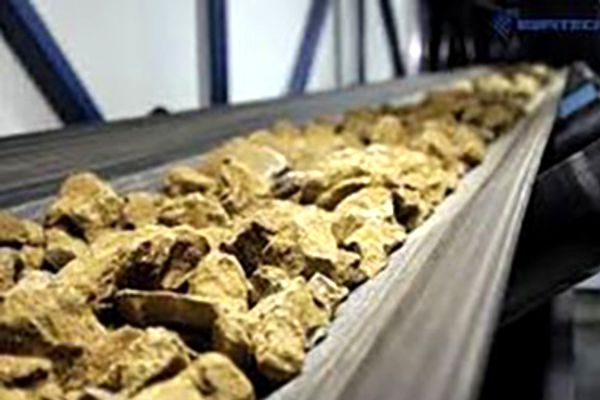
Minerals Processing
Alumina; gold leach; copper SX pump mixers & settlers; silver, platinum or precious metals recovery; and more.
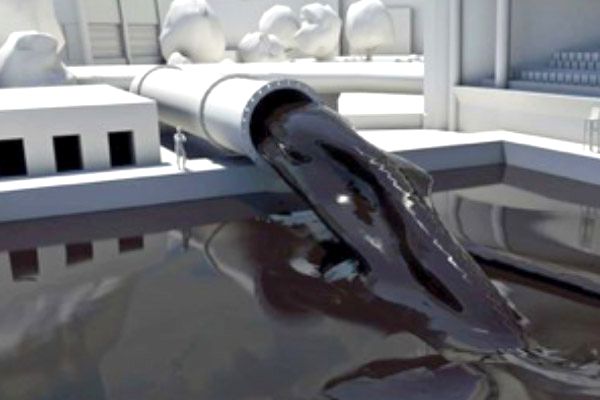
Petroleum/Oil & Gas Offshore & Onshore
![]() Drilling mud; subsea mud and de-silter pumping; crude oil; multiphase pumping, sand oil slurry pumping; gas-entrained sludge; oil emulsions; tank bottom transfer; oil with sand; waste; hot and heavy oils; and more.
Drilling mud; subsea mud and de-silter pumping; crude oil; multiphase pumping, sand oil slurry pumping; gas-entrained sludge; oil emulsions; tank bottom transfer; oil with sand; waste; hot and heavy oils; and more.
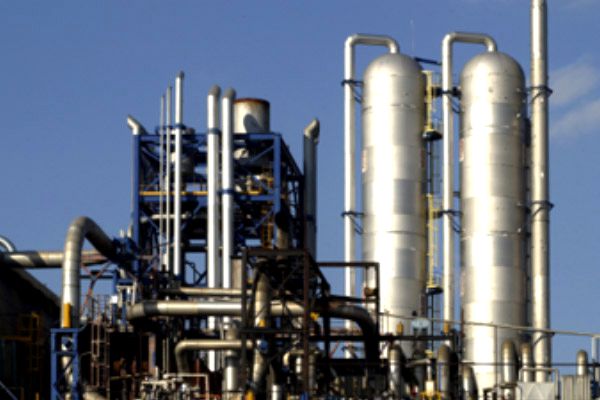
Special Applications
![]()
Tanker & Rail car unloading; coal fines and sediment; lift stations; fumed silica (dry) rail and tanker; fumed silica (slurry and dry power); loading; sugar crystals; crystalline suspensions; and more.
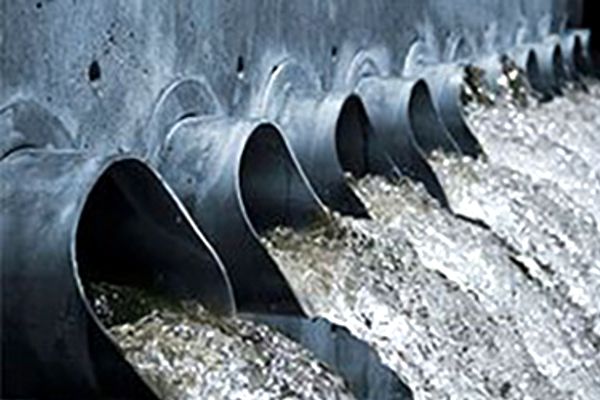
Waste & Water Treatment
Flash or rapid mixing; flocculation; carbon make-down; lime slurry or slaked pebble lime; polymer or polyelectrolyte day tanks; water treatment chemicals; Mg(OH)2; phosphates; filter aids; neutralization; equalization; scum mixing; sludge; aeration; anoxic mixing; anaerobic digesters; and more.
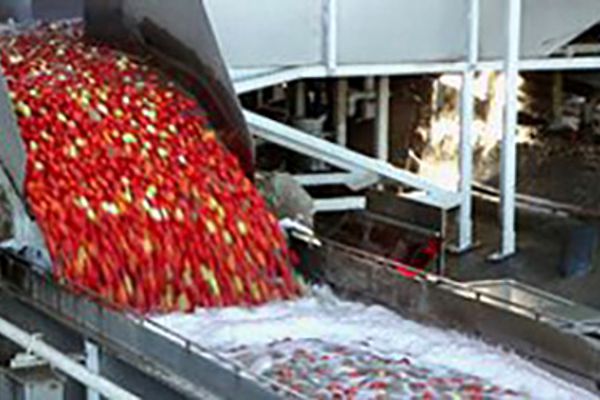
Food & Beverage Processing
Condiments; soups; tomato sauce (with chunks); paste; juice; starch; flavors & fragrances; dextrose; maltose; fructose; crystallizers; fruit juices; re-fried beans; hydrogenation; milk; brewery; infant prep; cooked corn; egg whites; corn syrup; cola syrup; dairy products; molasses; chicken and by-products; poultry waste; animal fat; and more.
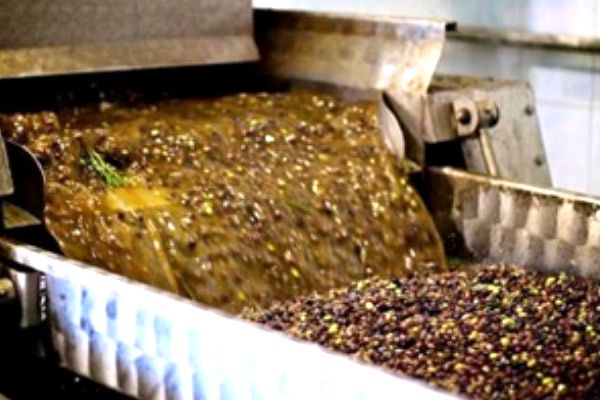
CPI & General
![]() Inks; pigments; dyes; binders; adhesives; polish; styrene; polymers (numerous); paints; titanium dioxide; varnish; gelatins; emulsions; cellulous; flue gas & desulphurization; tall oil; plaster; foundry prep; acids; cosmetics; health & beauty products, rubber crum; carbonators, gypsum, sulfonating, potash; iron oxide; zinc oxide; animal fats; vegetable oils; mud; fertilizers; latex; cutting fluids; and more.
Inks; pigments; dyes; binders; adhesives; polish; styrene; polymers (numerous); paints; titanium dioxide; varnish; gelatins; emulsions; cellulous; flue gas & desulphurization; tall oil; plaster; foundry prep; acids; cosmetics; health & beauty products, rubber crum; carbonators, gypsum, sulfonating, potash; iron oxide; zinc oxide; animal fats; vegetable oils; mud; fertilizers; latex; cutting fluids; and more.
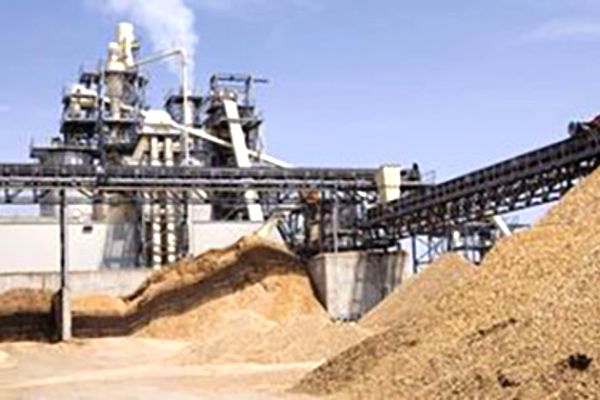
Pulp & Paper
Black liquor soap; green liquor dregs; clarifier sludge, paper stock to 18% consistency; pulp to 16% consistency; kaolin clay, filter rejects; talloil soap; air-entrained sludge; black, green, white liquors; Titanium Dioxide – TIO2; and more.
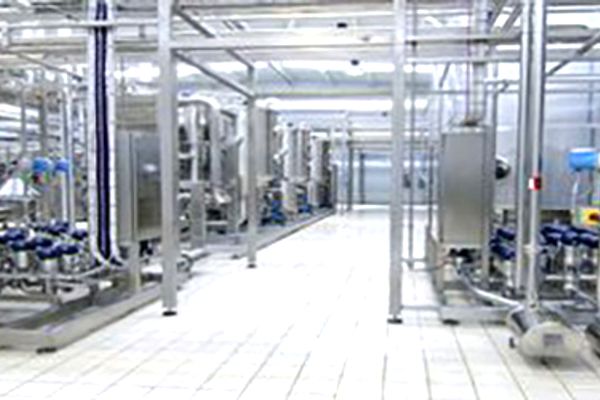
Pharmaceuticals
Salt crystal slurries; pill coatings; protein; water, methanol, hexane; polyol; ferric nitrate crystals; toluene; organic solvents; blood plasma; media prep; extraction; filter aid; and more.
How it Works
The innovative Tesla disk pumps have lower NPSHr, among the very lowest in the centrifugal pumps market. This allows disk pump operational efficiency to increase by 4-6% over similar style pumps. Cuffing-edge technology offers close-coupled pumps which save you money and, reduce space allocation. Due to the low L3/04 radial load to rotating disk within the pump housing, any standard C-faced motor from storeroom stock can be used (No special proprietary motor is needed for back-up spares.).
The following describes boundary layer, and viscous drag phenomena, which are two disk pump operation properties of fluids Tesla disk pumps use to transfer energy to the process fluid being pumped. Fluid is confined between twin rotating shrouds and rotates with the shrouds. Because the layer of fluid immediately adjacent to the shroud remains “fixed” relative to that rotating face, subsequent layers of fluid resist separation from the adjacent layer and the entire fluid mass begins to rotate. As the fluid gains energy, it moves outward on the DISC gaining additional energy and continuing on. The actual path of the fluid through the pump becomes a spiral path. Tesla disk pumps display similar diameter, RPM, and pressure value relationships to that of conventional impeller pumps. The reason for any variability is that fluid velocity is not fixed by the local disc velocity but is rather a function of disc spacing, fluid viscosity and density, radial velocity, and disc velocity. The flow in the rotating disk falls somewhere between forced vortex and free vortex circulation flow. For more information on how disk pumps work and technical operation details, visit the Tech Info page.
Tech Info: Selecting a Pump
Tesla disk pumps are precision engineered and designed to meet and a customer’s exact specs and needs. In the disk pump technical info presented here, you’ll find the various rotor designs that Tesla manufactures. In addition, the pumps are available in direct-coupled, base-mounted, close-coupled, sump, submersible, vertical sump, dry pit, cantilever and self-priming models. Rotor diameters range from 6 to 20 inch. The benefits are many. Are you ready for an estimate?
Pump Sizes
- 2 x 1.5 x 8
- 3 x 2x 10
- 4 x 2 x 12
- 4 x 3 x 12
- 6 x 4 x 12
- 4 x 2 x 14
- 4 x 3 x 12
- 6 x 4 x 14
- 8 x 6 x 14
- 6 x 3 x 17
- 6 x 4 x 17
- 8 x 6 x 17
- 10 x 8 x 17
- 6 x 3 x 20
- 8 x 4 x 20
- 8 x 6 x 20
- 10 x 6 x 20
Materials
Metallurgies
- Ductile Iron
- 316SS
- A-20
- CD4
- Hastalloy
- Carbon Steel
- Titanium
Non-Metallic Materials
- PVDF
- Teflon
- Ceramic
- Rubber-lined
- *Other Materials are available upon request
Operating Range
Standard pumps:
- Flow capacities: 2-6,000 GPM
- Discharge heads: to 4,000 ft TDH
- Suction pressures: 2-1,000 PSIG
- Working pressures: to 1,400 PSIG
- Temperature: to 1,000 F
- Viscosities: to 50,000 cPs
- Pump speeds: variable to 3600 rpm
- Solids size (max): 10 in (spherical rock)
- Drivers: electic, diesel, hydraulic
CONTACT US FOR ESTIMATE
Operational Benefits of Disk Pump Technology
Pulsation-Free Smooth Laminar Flow
Pulsation-free flow enhances gentle processing of fragile products and eliminates costly damage while greatly reducing wear to pump, related piping, and instrumentation.
No Tight Internal Tolerances
This allows the disk pump to pass large and irregular hard solids as well as a variable solids stream without plugging.
Low NPSH Requirement
The disk low NPSH ranges from approximately 1/3 to 1/2 that of conventional centrifugal pumps in the same service due to the smooth laminar flow generated by this design.
Dry-Run Capability
The disk pump design is capable of operating indefinitely with zero process fluid.
NOTE: The mechanical seal must be flushed during dry-running.
Dead-Heading Discharge/Starving Suction
It is possible to deadhead the discharge and/or starve the suction for extended periods of time at normal operating speeds with no damage to the pump. (Not including sealing device unless it is properly protected and lubricated).
Minimal Radial and Axial Loads
Exceptional low radial and axial loads generated by the disk rotor result in extended seal, bearing, and shaft life. This is attributed to laminar flow within the disk.
Exceptionally Versatile Design
Capability of handling a wide range of conditions without requiring internal modifications, even with large variations in process viscosity, temperature, solids type or concentration without process interruption.
Long Life for Pump Components
Few, if any, spare parts are required for the disk rotor pump over its life. The oversized shaft, along with minimal axial or radial loads, greatly extend and maximize bearing and seal life.
Low Maintenance/Spare Parts Requirements
Disk rotor pumps are subject to minimal wear even in the most abrasive services due to minimal fluid to pump service contact and laminar flow characteristics.
Maximum Run Time and Reliability
The technology built into these pumps makes them the most reliable units on the market for hard-to-pump applications. The disk rotor has no close tolerances thus enhancing minimal fluid contacting action. This factor contributes to maximum run time by reducing excessive wear on the internal wet-end preventing unexpected failures.
Higher Production Yields and Improved Product Quality
When pumping delicate, shear sensitive, or otherwise sensitive products, the disk rotor increases productivity by reducing product losses due to the minimal contact pumping mechanism and laminar flow. Savings can be phenomenal with some pumps actually paying for themselves in a matter of weeks.
If you have any questions about the disk pump technical info presented here, please contact us for more information.
